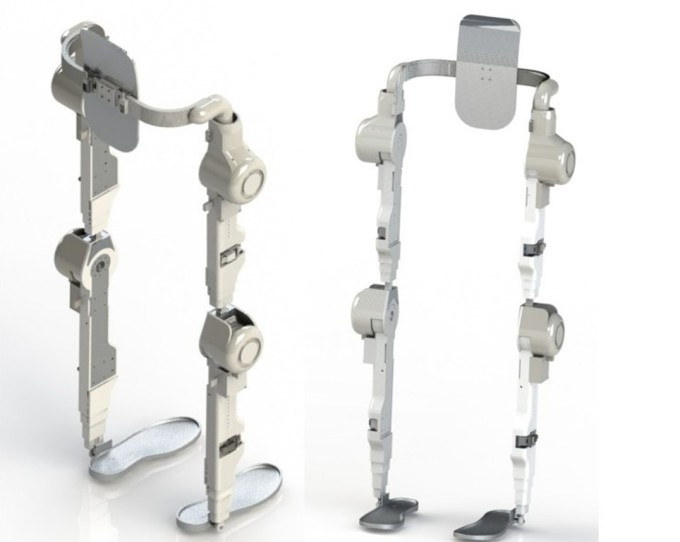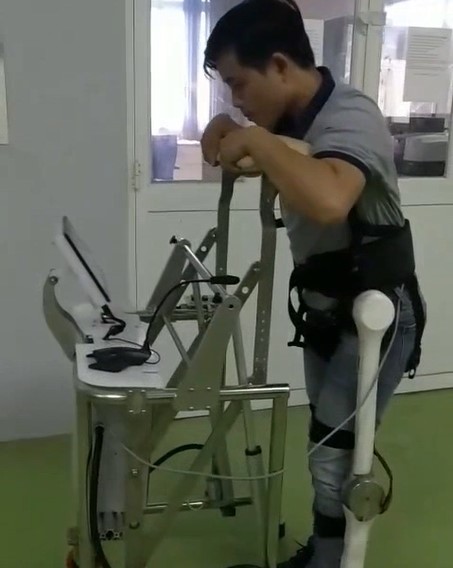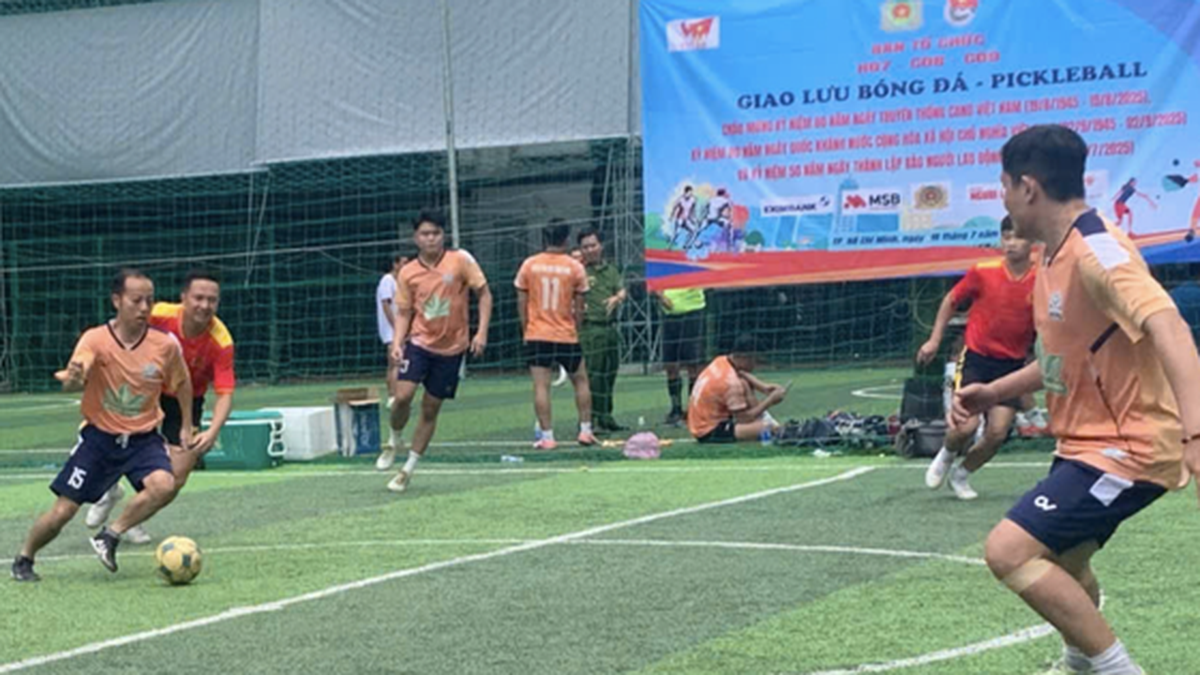Ho Chi Minh City The robotic skeleton created by the research team at SHTP Labs has a mechanism of operation similar to that of human legs, serving physical therapy for people with strokes and leg injuries.
The product was developed by 5 scientists from the Precision Mechanics and Automation Laboratory, Research and Development Center, Ho Chi Minh City High-Tech Park (SHTP Labs) in cooperation with a number of universities over the past 3 years. According to Master Bui Quang Vinh, Head of the Precision Mechanics and Automation Laboratory, SHTP Labs, the robot skeleton (Exoskeleton) aims to support people to stand up, sit down and maintain balance while moving on the ground conveniently. The product is suitable for people with leg injuries, people with strokes to practice rehabilitation. With the ability to assist, the skeleton can also help people carry heavy objects, supporting soldiers on long marches.
The group's idea came from the fact that products on the market mainly exercise different joints on the legs, not the whole legs. In addition, when exercising, users have to stay in one place, not experiencing real walking, which can easily cause boredom and ineffectiveness. With the robot skeleton, patients can experience walking on their own feet, helping the leg muscles to work, making recovery better.
The team's experimental robotic exoskeleton leg rehabilitation. Video : Research team
The robot skeleton is made mainly of aluminum, weighs about 20 kg, and can increase or decrease in height to suit the height of people's legs at different ages and physical conditions. At the skeleton joints, there are 4 electric motors with a capacity of 400W, with a gearbox to increase or decrease the speed, suitable for different exercise intensities.
According to Master Vinh, the motor plays a very important role because it must meet the compact factor of not getting stuck during the training process as well as aesthetics, but it needs to have a large capacity to ensure the load capacity of the legs. "Unlike other hand rehabilitation training equipment, the leg training robot skeleton must ensure a good center of gravity and not fall during use," he said. To maintain the center of gravity, the team conducted analysis to maintain balance and develop a standing up and sitting down support system using an armrest frame with electric cylinders. When used, the patient will use the armrest frame as a way to practice standing up, sitting down and maintaining balance when exercising the legs.
The power source for the system includes 2 20Ah lithium batteries, one for the robot skeleton, one for the armrest frame and control circuit. The two systems can operate simultaneously with a connecting cable or independently depending on the purpose of use. The product has an emergency button, stopping all system operations when an error occurs that could be dangerous for the user during exercise.
The team builds exercise management software using simulation tools. Through the exercise process, data on changes in the angle of the leg joint, the distance of each step... are provided for doctors to set up exercises with the appropriate intensity for the patient.
In the near future, the research team will cooperate with a rehabilitation hospital to test the system on a number of patients to evaluate its effectiveness, as a basis for optimizing the product, aiming for commercialization. The team also plans to design a sensor attached to the foot to measure exercise force and apply artificial intelligence to analyze data from the patient's exercise regimen to create more optimal exercises. "This is an interdisciplinary research direction, so it requires the participation of many experts, especially medical agencies, to perfect and bring the product to life," said Master Vinh.

The team's design of a rehabilitation exoskeleton. Photo: Research team
Associate Professor, Dr. Le Hoai Quoc, Chairman of the Ho Chi Minh City Automation Association, commented that in reality, research on exoskeletons for legs in Vietnam has mainly stopped at scientific topics, and there are not many commercial products with practical applications. He assessed that exoskeletons for rehabilitation of arms and legs have different differences and complexities. However, the training system for the legs must be able to support the patient's body weight from sitting, standing, walking... This depends on the physical condition and recovery status of each patient, so it needs to be calculated accurately.
He said that the group's research is currently at its early stages. To commercialize, it is necessary to test on many patients, evaluate their experiences and optimize the design and costs to perfect the product in terms of technology and suitable price. "We will support the group to connect with rehabilitation specialists and hospitals for testing. For the product to be applied, the scientist is only the one who provides the exercise equipment, while the doctor is the one who specifies the exercise regimen and conditions for each patient," Associate Professor Quoc said.
Ha An
Source link





































































































Comment (0)